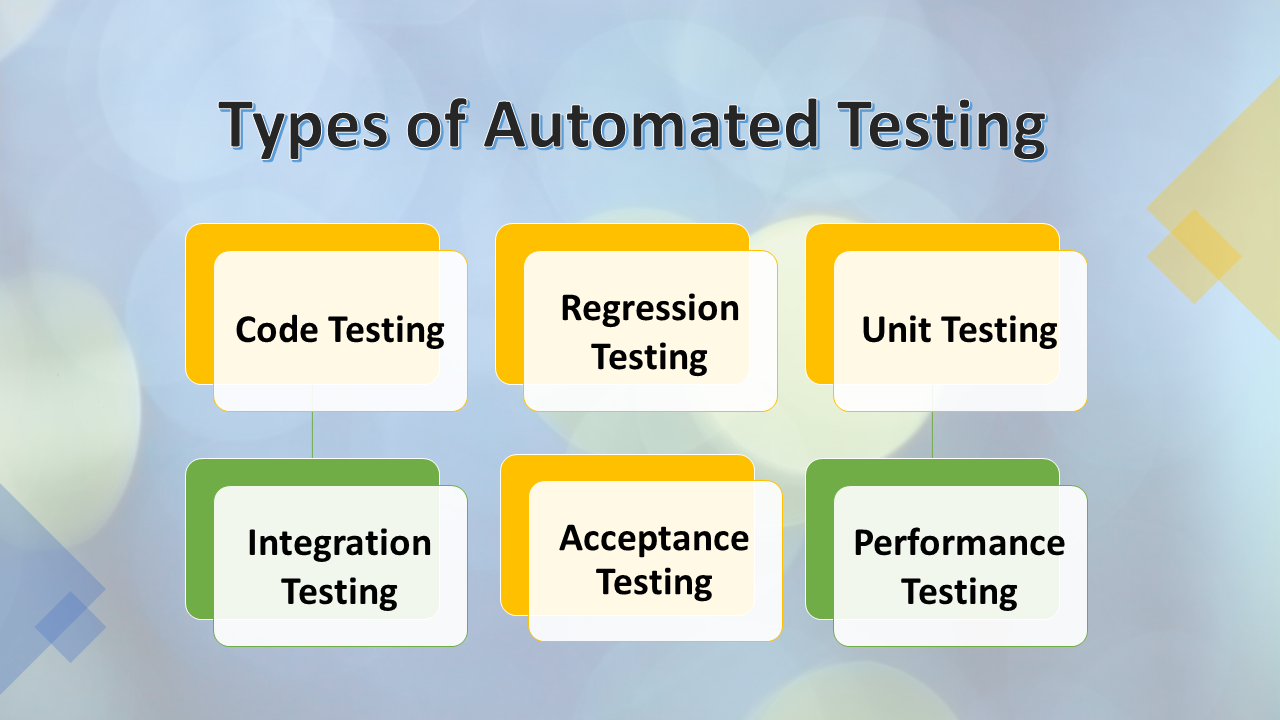From Handbook to Automated Testing: A Comprehensive Guide to Transitioning Smoothly and Effectively
In the realm of software testing, the change from manual to automated procedures has come to be a progressively essential transition for companies looking for to boost performance and accuracy in their screening techniques. The trip from handbook to automated testing is not without its difficulties, however when approached purposefully and with a clear strategy in mind, the benefits can be significant.
Advantages of Automated Checking
Automated testing provides many advantages, enhancing performance and accuracy in software application growth processes. Automated tests can be run all at once on numerous devices and operating systems, dramatically speeding up the screening stage compared to manual testing.
Additionally, automated screening guarantees a greater level of precision in detecting defects. Considering that automated tests adhere to predefined manuscripts, human error is lessened, resulting in even more reputable test outcomes. Consistency in testing is also enhanced, as automated examinations execute the same actions exactly each time they are run. This consistency is critical in guaranteeing that all functionalities of the software application are extensively evaluated, decreasing the likelihood of undiscovered insects slipping with to manufacturing.
Selecting the Right Devices

First of all, evaluate your goals and needs. Comprehend the extent of your job, the modern technologies involved, and the ability of your group. This evaluation will help you identify the abilities and features you call for in your screening tools.
Secondly, consider the compatibility of the tools with your existing systems and procedures. Smooth assimilation with your current software development lifecycle is important to make certain a smooth shift to automation.
In addition, examine the scalability and adaptability of the tools. As your testing requires evolve, the devices must be able to adapt and suit changes effectively.
Last but not least, consider the support and community around the tools. When carrying out automated screening, robust assistance and an energetic customer neighborhood can provide beneficial resources and support. By thoroughly taking into consideration these elements, you can select the right tools that line up with your needs and set the phase for an effective transition to automated screening.
Creating Efficient Examination Scripts

When crafting test scripts, it find here is important to consider the certain demands of the software application being checked and ensure that the scripts address all vital functionalities. Clear and detailed naming conventions for examination scripts and test cases can boost readability and maintainability. In addition, including error handling devices within the test scripts can assist in recognizing and dealing with issues immediately.
Additionally, organizing test manuscripts right into modular elements can improve reusability and scalability, decreasing redundancy and enhancing effectiveness in examination script upkeep. Normal testimonials and updates to evaluate manuscripts are crucial to maintain rate with developing software requirements and capabilities. By complying with these principles, testers can create durable and reliable examination scripts that contribute substantially to the success of automated screening procedures.
Integrating Automation Into Workflows
By flawlessly integrating automated screening devices like Selenium or Appium right into the software growth lifecycle, groups can achieve faster comments on code adjustments, leading to quicker insect discovery and resolution. This assimilation permits for continuous screening throughout the growth procedure, ensuring that any type of issues are identified early on, resulting in higher software program quality. Correct integration of automation devices calls for collaboration between growth, testing, and procedures groups to establish a unified workflow that optimizes performance and effectiveness in providing premium software products.
Making Certain a Smooth Transition
Successfully transitioning to automated screening includes precise preparation and cautious implementation to lessen disruptions and maximize effectiveness in the software program growth procedure - automation testing. To make sure a smooth transition, it is important to begin by carrying out a thorough assessment of the existing testing processes and identifying areas where automation can bring the most significant advantages. Involving with all stakeholders at an early stage in the procedure, consisting of programmers, testers, and job managers, is crucial for gathering assistance and buy-in for the web link automation effort
Communication is key throughout this shift phase. Clear interaction of the goals, benefits, and expectations of automated testing helps to handle any resistance or worries that may emerge. In addition, providing adequate training and resources for staff member to upskill in automation tools and strategies is important for guaranteeing a successful shift.

Verdict
Finally, transitioning from handbook to automated testing offers numerous benefits, including increased effectiveness and dependability. By picking the ideal tools, writing effective test scripts, and integrating automation seamlessly right into process, companies can make certain a smooth and successful change. It is important to embrace automation as a beneficial possession in software program testing processes to improve overall quality and productivity.
In the world of software testing, the shift from handbook to automated procedures has actually this website become a progressively crucial change for companies seeking to enhance effectiveness and accuracy in their testing methods. Automated examinations can be run all at once on numerous tools and running systems, considerably speeding up the screening phase compared to manual testing. Consistency in screening is also boosted, as automated examinations implement the very same actions exactly each time they are run.To make sure the successful application of selected screening devices, the development of efficient test manuscripts plays a vital function in confirming the functionality and performance of automated procedures - automation testing. By adhering to these principles, testers can create reliable and durable examination manuscripts that add substantially to the success of automated screening procedures